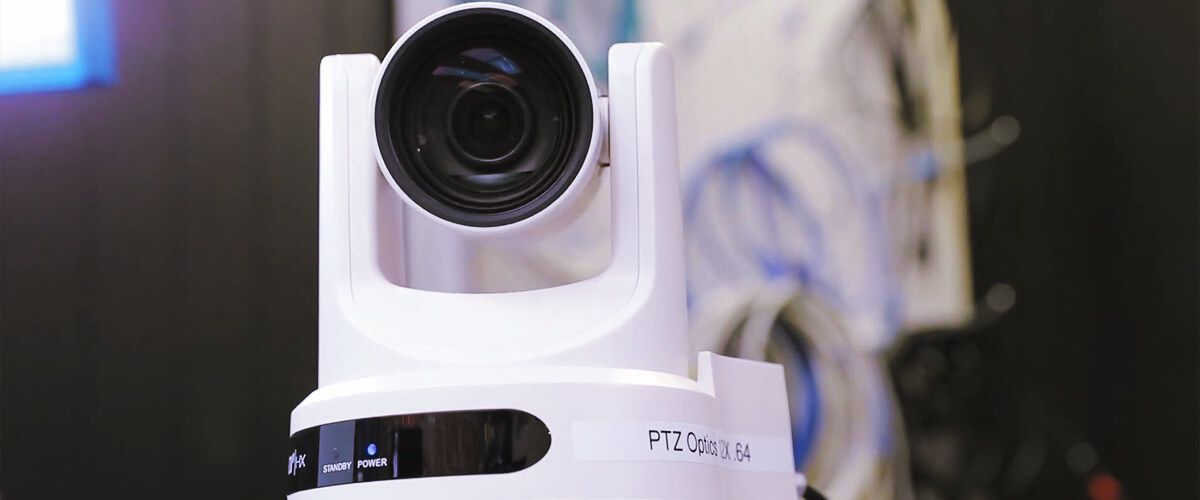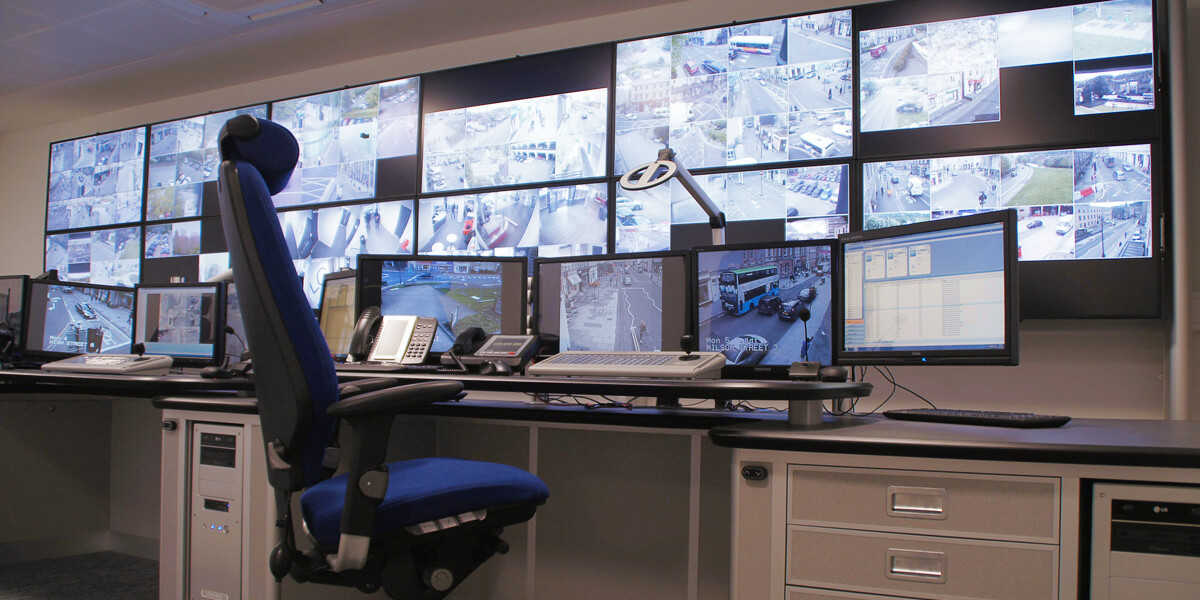Surveillance footage does more than just play back the day’s events. If you are a business owner, you may want to use the camera to define patterns, be it sneaky shoplifters or employees with sticky fingers. It can even help you deliver a better customer experience as you will know how your clients behave and what they prefer. But that’s not all. Surveillance footage can help solve crimes, serving as undeniable evidence in courtrooms.
Yet, amid all this, a question keeps popping up — how long do stores keep security footage? I am going to answer this question right in a minute.
Types of storage solutions

Not all security cameras store their data in the same way. There are a few primary methods, each with unique pros and cons. Below, I’ll take a closer look at these storage types, helping you understand how they work and why some may be more suitable than others.
SD card storage
Such a method, also known as local storage, is a popular way for many security cameras, especially those designed for personal or small business use. The camera records the footage and then directly saves it onto the SD card. It’s simple, it’s convenient, and it’s cost-effective. You don’t need to worry about ongoing subscription fees like with cloud storage; the initial cost is pretty affordable too.
However, SD cards have a limited capacity. They can only hold a finite amount of footage before they fill up. Most cameras using this type of storage employ a ‘looping’ method. Once the card is full, the oldest footage gets erased to make room for new recordings. Mind that higher-quality videos, like those in HD or 4K, take up more space, meaning the card fills up faster.
Server-based storage
This structure relies on a dedicated device — a server — that stores footage from multiple security cameras over a network. This method is particularly handy for larger businesses or properties with several cameras, as it allows for a centralized storage system.
One of the standout advantages of server-based storage is its immense storage capacity. So, depending on the server’s size and configuration, you could potentially store weeks or even months of high-quality video without needing to overwrite anything.
However, server-based storage comes with higher upfront costs for the equipment and setup. Plus, it requires a stable network connection to function properly. Maintenance can also be a bit more complex compared to SD cards, as servers may require technical knowledge to manage and troubleshoot.
DVRs and NVRs
Digital Video Recorders (DVRs) and Network Video Recorders (NVRs) are two heavy hitters in the world of security camera storage.
With DVRs, each camera needs to be physically connected to the recorder through a coaxial cable. These systems are excellent for analog cameras and can provide a large amount of storage, depending on the hard drive’s size within the DVR.
Unlike DVRs, NVRs don’t need to be physically connected to each camera. Instead, they record footage from cameras connected to the same network, making them ideal for IP (Internet Protocol) cameras.
While these systems offer robust storage capabilities, they come with their own challenges. The equipment can be costly, the setup can be complicated, and they require ongoing maintenance. But for businesses with multiple cameras or for anyone who wants a comprehensive surveillance system, DVRs and NVRs can offer a powerful solution.
Cloud storage
This modern solution is becoming more popular due to its flexibility and ease of access. Here, the footage it records is sent over the internet to a remote server. Unlike local storage solutions, no physical device in your building stores the footage..
With your footage stored in the cloud, you can access it from anywhere in the world, as long as you have an internet connection. Another key advantage is the potential for unlimited storage. The storage capacity is no longer tied to a physical device’s size, and you can keep your footage for as long as your subscription plan allows.
However, remember that cloud storage usually requires a recurring subscription fee. Also, as your footage is sent over the internet, you’ll need a stable and reliable internet connection for this method to work effectively.
Typical frame storage time of the security camera

Several factors, including the storage type, capacity, the resolution of the footage, and the number of cameras recording, influence the storage duration. Let me break it down for you.
If you’re using an SD card for storage, home cameras store only a week or two of footage. But larger capacity SD cards can store more footage before overwriting begins — from 30 to 90 days.
When it comes to server-based storage like DVRs and NVRs, these systems generally offer more extended storage periods. Depending on the size of the hard drives used and the number of cameras recording, you could potentially store footage for several weeks or even months.
Lastly, with cloud storage, the security camera footage retention typically depends on the specific subscription plan. Some providers offer plans allowing continuous recording and storage for a certain number of days, while others may offer unlimited storage for a higher fee.
Factors that affect the duration of storage of footage
While the type of storage solution mainly influences the duration of storage for security camera footage, several other elements can also impact this aspect:
- Storage capacity. The larger the storage, the more footage you can keep, and the longer it can be stored before it’s overwritten.
- Video quality. High-resolution videos, like those in HD or 4K, take up more space compared to lower-quality footage. Therefore, if you’re recording in high resolution, your storage will fill up faster, and older footage will be overwritten sooner.
- Number of cameras. More cameras mean more footage. If multiple cameras are recording simultaneously, your storage solution will fill up faster, reducing the amount of time you can keep the footage.
- Recording schedule. Are your cameras recording 24/7, or are they triggered by motion or during certain hours? Cameras that record continuously will generate more footage and fill up storage faster than those set to record only when needed.
- Legal and industry regulations. Certain laws or industry-specific regulations might mandate the minimum or maximum length of time that surveillance footage must be kept.
- Company policies. Each business may have its own policies regarding how long they keep security camera footage. These policies may be influenced by previous incidents, security concerns, or data management capabilities.
FAQ
Do security cameras record all the time?
The answer to this depends largely on the specific setup and needs of the surveillance system. Some security cameras do indeed record all the time, providing 24/7 coverage. However, many modern security cameras, especially those used in homes or small businesses, use a feature called ‘motion detection.’ These cameras only start recording when they detect movement, saving storage space and making it easier to review important events.
How much memory do security cameras have?
The amount of memory or storage a security camera has depends on the type of storage solution it’s using. For cameras using SD cards, the storage capacity can range anywhere from 32GB to 256GB or even higher. On the other hand, cameras linked to DVRs or NVRs can have much larger storage capacities, running into several dozen terabytes (TB). For cameras utilizing cloud storage, the memory is typically dictated by the terms of the cloud storage subscription plan.
What happens to old surveillance footage?
Old surveillance footage is typically overwritten when the storage solution reaches its capacity. This is common for most security camera storage types, including SD cards and server-based systems like DVRs and NVRs. The camera will start erasing the oldest footage to make room for new recordings. In cloud storage scenarios, old footage may be deleted after a certain period, as determined by the cloud storage subscription plan.













